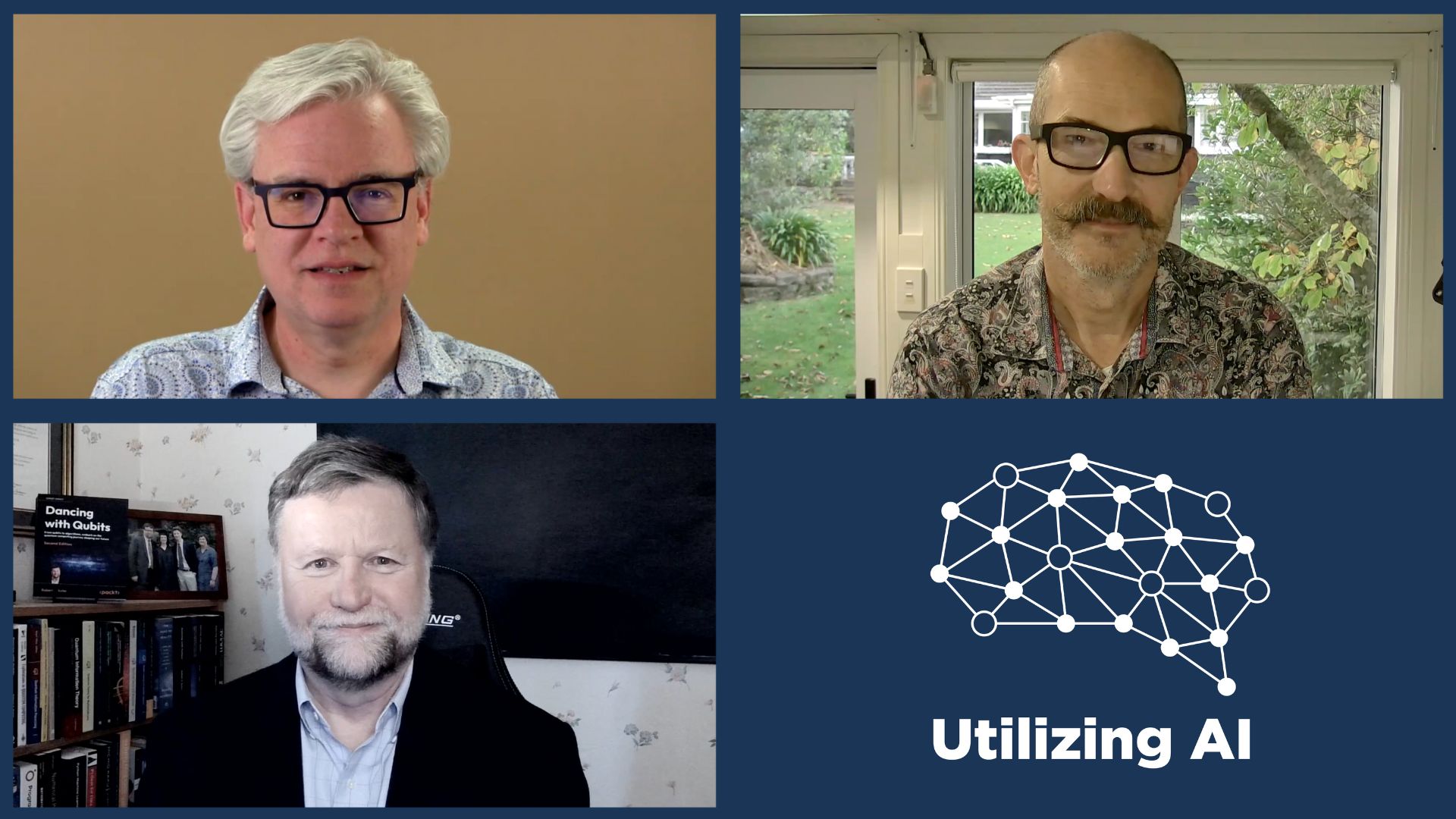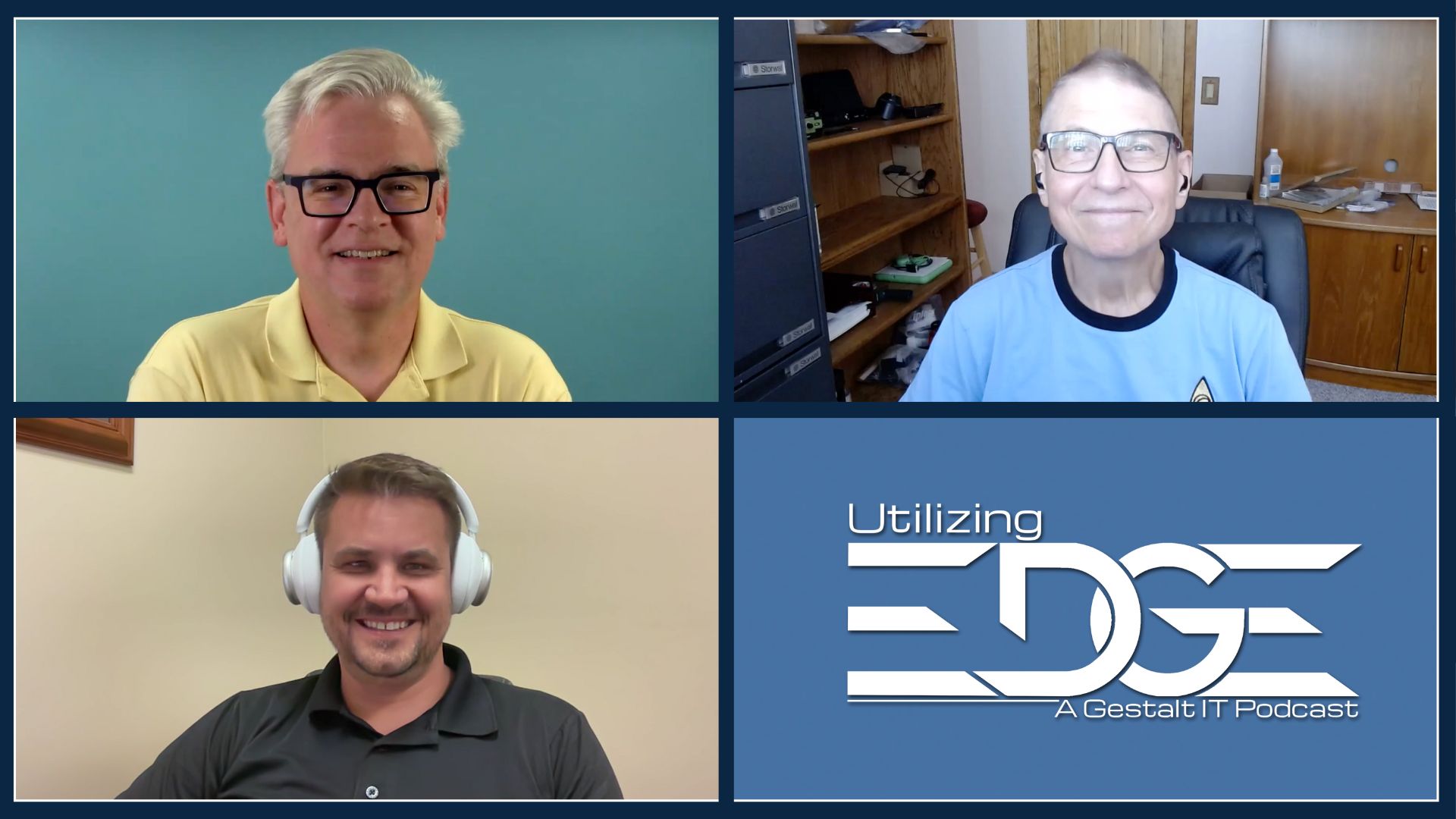Every now and then my main computer (i.e. the one with all the screens that runs MS Vista) eventually starts to slow down. My usual response is a full re-install, which although sounds drastic isn’t that bad as most of my data is server-based, so the main effort is in getting the applications back installed to the way I like them. This time rather than re-install I decided to have a look and see if I could diagnose what was going on – after all, I am supposed to do this stuff for a living…
Searching For Clues
 There were a few indicators as to what the problem might be; first of all I’d suddenly started getting warnings that my C: drive was full. Fortunately, having recently installed the full/paid for copy of Treesize, I was able to do an analysis of the drive. Unusually, Treesize was taking forever to perform the first disk scan which made me get suspicious of my drive status. This was confirmed looking at Resource Monitor which showed pretty much no CPU activity, reasonable memory usage, but appauling disk response times of up to 4000ms, even when Treesize wasn’t scanning the drive.
There were a few indicators as to what the problem might be; first of all I’d suddenly started getting warnings that my C: drive was full. Fortunately, having recently installed the full/paid for copy of Treesize, I was able to do an analysis of the drive. Unusually, Treesize was taking forever to perform the first disk scan which made me get suspicious of my drive status. This was confirmed looking at Resource Monitor which showed pretty much no CPU activity, reasonable memory usage, but appauling disk response times of up to 4000ms, even when Treesize wasn’t scanning the drive.
Once the Treesize scan was able to complete, it was pretty easy to spot the space hogger – iTunes! Well, a combination of two things, iTunes and one of my most hated features in Windows – shortcuts.
Now I like to think I’m a reasonably organised person (although Mrs E might disagree) so I tend to move all of the standard folders away from the C: drive. Although I’d moved my Documents folder, I’d not moved the Music folder, having assumed that iTunes was honouring the default directory I’d pointed it to (it wasn’t). Consequently as I’ve been adding more music to my iTunes library, a copy has been kept in C:\Users\chris\music\. What’s annoying is that this directory doesn’t show up in the standard filesystem view (even with hidden files enabled), so I’d have no idea it still existed. Fortunately for me, Treesize sees past these things, so I’ve now moved the entire Music shortcut to another drive with ample capacity.
Fixing Fragmentation
 Back to the performance issue. I quickly checked my drive for the last defragmentation date – 8 months ago. Clearly was going to be related to the problem, so I kicked off a defrag – which turned into an overnight job due to the length of time since last run. Once completed I started seeing much more acceptable response times on I/O and thankfully a more responsive PC.
Back to the performance issue. I quickly checked my drive for the last defragmentation date – 8 months ago. Clearly was going to be related to the problem, so I kicked off a defrag – which turned into an overnight job due to the length of time since last run. Once completed I started seeing much more acceptable response times on I/O and thankfully a more responsive PC.
Mapping Shortcuts
 Getting back to the shortcut issue; on Vista the shortcuts are all stored in the registry under HKEY_CURRENT_USER\Software\Microsoft\Windows\CurrentVersion\Explorer\User Shell Folders. There are entries for most things; documents, pictures, video, cookies, favourites, application data etc. I’d started to move some of these off the C: drive as you can see from my poor effort so far. I’ve made changes to the links with a right-click in Explorer and using the Location tab in properties. I differentiate between shared and local content – shared content goes into Dropbox, local content remains on the PC hard drive, mainly because the file sizes are too big to justify placing under Dropbox due to the cost. So far I’ve moved Documents, Favorites, My Music and Personal. I think my next step will be to restructure and change the remaining user specific ones such as Downloads, Cache, Cookies, History. Most of these will be machine specific and so remain as local content. It would be nice if Microsoft provided an easy way to set the %USERPROFILE% variable after installation – and moved all the file associations. That way I could be even more drive independent than now and reduce the impact of defrags by putting active data on smaller disk volumes.
Getting back to the shortcut issue; on Vista the shortcuts are all stored in the registry under HKEY_CURRENT_USER\Software\Microsoft\Windows\CurrentVersion\Explorer\User Shell Folders. There are entries for most things; documents, pictures, video, cookies, favourites, application data etc. I’d started to move some of these off the C: drive as you can see from my poor effort so far. I’ve made changes to the links with a right-click in Explorer and using the Location tab in properties. I differentiate between shared and local content – shared content goes into Dropbox, local content remains on the PC hard drive, mainly because the file sizes are too big to justify placing under Dropbox due to the cost. So far I’ve moved Documents, Favorites, My Music and Personal. I think my next step will be to restructure and change the remaining user specific ones such as Downloads, Cache, Cookies, History. Most of these will be machine specific and so remain as local content. It would be nice if Microsoft provided an easy way to set the %USERPROFILE% variable after installation – and moved all the file associations. That way I could be even more drive independent than now and reduce the impact of defrags by putting active data on smaller disk volumes.
Summary
- Don’t let your hard drive fill up
- Check your default path for Documents and so on and see if another location is more appropriate.
- Do regular defrags of your main disk – don’t wait and do it all at once.
- Do look at having a tool like Treesize which maps your hard drive better





